 Jasmine Justice
Jasmine Justice The word abstract by definition has no real definition. In the art world the word has come mean something that does not represent reality, or something that does not depict an object. The problem or limitations in using this word lay simply with the idea that a human can create something that is not is someway connected to reality. Even the most far reaching chapters of Science fiction can in some way be tied back to reality. So then, how can a painting not represent some remote slice or small extraction of reality. At least this is the theory of Brooklyn artist, Jasmine Justice.
Jasmine utilizes vibrant colors to capture small fragments of the world around her. Through these cross-sections she allows color to mix freely, lines to jet in all directions, and natural patterns to form. She is not creating something abstract, she is taking known parts and inventing something entirely new.

Orange Alert (OA): In a recent interview with Wendy White, you referred to your work as "extractions-inventions" as opposed to abstractions. This statement turns the "abstract" painting into something completely different. Do you see your work as mirco-extractions
of reality, and not abstract (not representing or imitating external reality or the objects of
nature)paintings?
Jasmine Justice (JJ): Yes, that's pretty much what I meant by that, if you could consider the "reality" party of that in a hyper flexible fashion. The way we use the word abstract is often so inappropriate and general as to render it meaningless. In the strictest sense, abstract art has
to do, I think, with re-interpreting specific visible situations. I really love abstract painters like Emily Carr, Arthur Dove and Marsden Hartley. I don't think too many artists work this way any more. Then there are artists who are semi-rooted in abstraction, such as Thomas Nozkowski, Joanne Greenbaum and Carrie Moyer, who abstract visual scenarios in the real world but also involve evolving personal languages with deeply creative imaginary components, utilizing and
combining fiction, memory, time and the out of body.
I feel inspired and influenced by them, but see what I do as slightly less rooted in representational situations.
OA: There was a recent "discussion" about art over at another blog where your work was posted. In your opinion, what is common goal of art? Is it to speak to someone or some thing, entertain, decorate, illuminate, or simply just be?
JJ: I'm glad the goals of artists are as varied as the types of artists who are out there. They can be personal and/or secret about broadcasting information to the widest audience imaginable. I'm all for freedom and diversity when it comes to art purposes. I don't think there is a common goal and am happy about that.

OA: You have been involved in both solo and group shows. Does your process for selecting pieces to show differ based on who else is involved? How do you decide what pieces to put in a group show, as opposed to a solo show?
JJ: I was just in a really fun group show at Thrust Projects in Manhattan, and am now in a group show in Brooklyn, curated by Jon Lutz. I leave it to the curator to pick what goes in, usually hoping they will pick whatever I'm most excited about, which is usually whatever is most recent.
OA: How do you decide on a title for a given piece? Do you feel titles add to the overall presentation of a painting?
JJ: Titles are really important I feel, especially as my work gets more poetic. I think they can really contribute to the tone of a piece, especially if it's a little humorous. Usually they just come to me but sometimes I try to get my friends to help me with them if I'm stumped.
OA: I love your use of vibrant color. Do you feel that you have a set color pallet? Do you use color to evoke a particular emotion in the viewer of a piece?
JJ: Thanks! I don't really have a set palette. I've been using a lot of metallic paint lately because I like how it can be earthy, industrial and glamorous, sometimes all at the same time. I seem to be getting more romantic with my use of color, perhaps using it more metaphorically, whereas earlier I was more interested in thwarting any psychological connotations it might have had.
OA: What's next for Jasmine Justice?
JJ: Right now I'm working on a 26' wall piece for a museum in Amsterdam, W139. It will be part of a traveling group show I'm in, curated by the painter Leo de Goede, called Unlikely. I'm working on a film with my husband, Jesse Farber, that we're hoping to screen in May in Amsterdam, as part of Unlikely.
JJ: Titles are really important I feel, especially as my work gets more poetic. I think they can really contribute to the tone of a piece, especially if it's a little humorous. Usually they just come to me but sometimes I try to get my friends to help me with them if I'm stumped.
OA: I love your use of vibrant color. Do you feel that you have a set color pallet? Do you use color to evoke a particular emotion in the viewer of a piece?
JJ: Thanks! I don't really have a set palette. I've been using a lot of metallic paint lately because I like how it can be earthy, industrial and glamorous, sometimes all at the same time. I seem to be getting more romantic with my use of color, perhaps using it more metaphorically, whereas earlier I was more interested in thwarting any psychological connotations it might have had.
OA: What's next for Jasmine Justice?
JJ: Right now I'm working on a 26' wall piece for a museum in Amsterdam, W139. It will be part of a traveling group show I'm in, curated by the painter Leo de Goede, called Unlikely. I'm working on a film with my husband, Jesse Farber, that we're hoping to screen in May in Amsterdam, as part of Unlikely.

OA: Coffee? If yes, what is your favorite type of coffee and where is your favorite coffee spot?
JJ: I live/work near Gimme Coffee on Lorimer, in Brooklyn. They have seriously excellent coffee and the best espresso I've had outside of Seattle. It's roasted in NY and always super fresh. My drink of choice is the small cappuccino but I also love plain old drip coffee.
OA: Do you listen to music while painting? Who are few of your favorites and does their music ever inform your work in any way?
JJ: I usually do listen to music while I work. I think it can impart certain kinds of energies or moods. I've been really addicted to Cheap Trick lately, but I like all different kinds of music. I'm really lucky because my husband is my personal dj, since we share workspace. He had radio shows in Boston at WZBC and some other stations and has a vast amount of music knowledge/interest. Lately, he's been on a late 70s-80s power pop kick, most of which I really like. Sometimes I listen to audio books too.
For more information on Jasmine Justice please visit her website.
+by+Nick+Volkert).jpg)
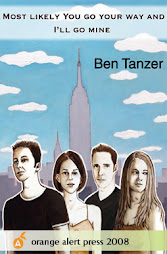

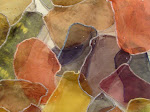









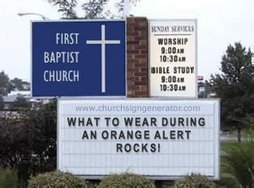


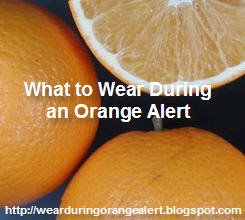


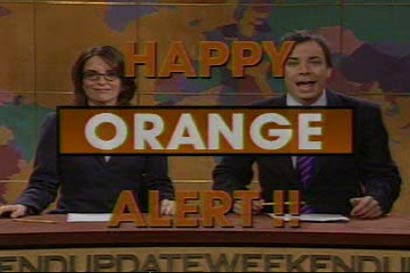


No comments:
Post a Comment